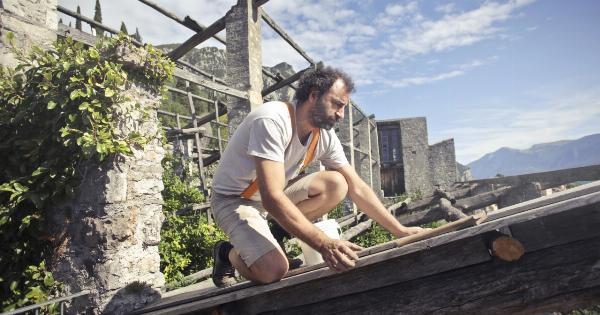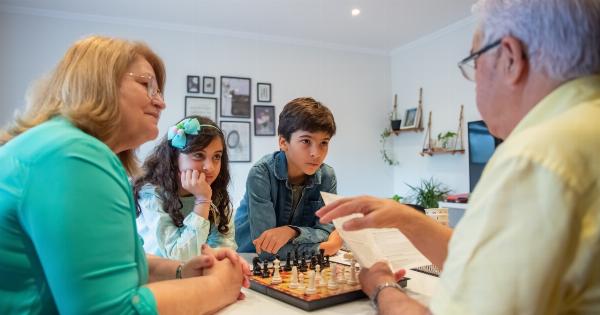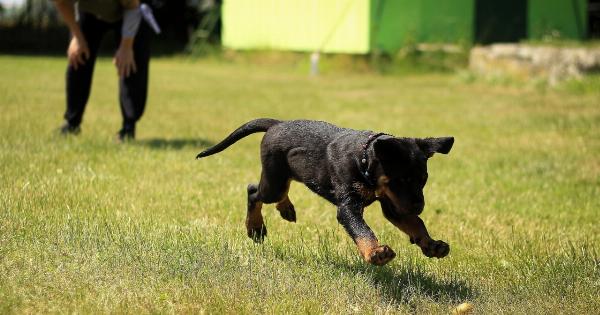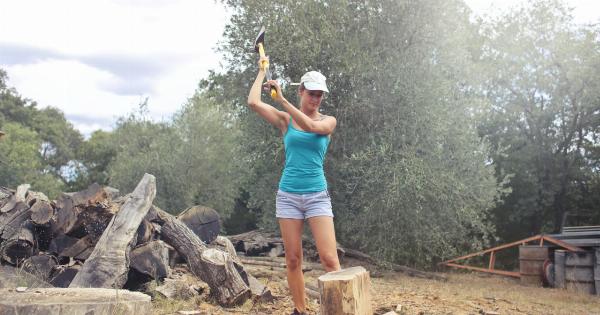Parking is an essential skill that everyone must learn, and teaching your child to park independently is a valuable lesson that will benefit them for a lifetime.
Not only does it instill a sense of responsibility and independence, but it also enhances their spatial awareness and decision-making abilities. In this article, we will discuss the steps to effectively teach your child how to park independently.
Step 1: Understand the Basics
The first step in teaching your child to park independently is to make sure they have a solid understanding of the basics of parking.
This includes knowing the different types of parking spaces, such as parallel parking, perpendicular parking, and angled parking. It’s also essential for them to know the relevant traffic rules and regulations regarding parking in their area.
Step 2: Practice in an Empty Space
Before taking your child to busy parking lots or streets, it’s important to start with practicing in an empty space. Find a deserted parking lot where your child can experiment with parking techniques without any pressure.
This will allow them to get comfortable with the mechanics of parking, such as turning the wheel, using rearview mirrors, and using signals.
Step 3: Demonstrate and Explain Each Technique
As a parent, it’s vital to demonstrate each parking technique and explain it in detail. Show your child how to approach the parking spot, how to position the car, and how to align with the surroundings.
Break each technique down into manageable steps and allow your child to practice them until they feel confident.
Step 4: Gradually Increase the Difficulty Level
Once your child has mastered parking in an empty space, it’s time to gradually increase the difficulty level. Start by practicing in a less crowded parking lot and gradually progress to busier areas with more challenging parking situations.
This step-by-step approach will build your child’s confidence and improve their parking skills.
Step 5: Teach Defensive Parking
In addition to regular parking techniques, it’s essential to teach your child defensive parking strategies. This includes parking in a way that maximizes safety and minimizes the risk of accidents or damage.
Teach them to park away from other cars whenever possible and to be mindful of pedestrians and potential blind spots.
Step 6: Encourage Observation and Communication
Parking requires keen observation and effective communication. Encourage your child to use their mirrors, check blind spots, and be aware of their surroundings.
Teach them to use hand signals when necessary and to communicate with other drivers or pedestrians to ensure a smooth parking experience.
Step 7: Gradual Independence and Supervised Practice
Once your child has developed the necessary parking skills, it’s time to gradually give them more independence. Allow them to park independently while you observe from a distance, offering guidance only when necessary.
This gradual independence will boost their confidence and ensure they are fully equipped to park on their own.
Step 8: Provide Real-Life Scenarios
While practicing in various parking lots, provide your child with real-life scenarios they may encounter while parking independently.
For example, simulate a crowded parking lot with limited space, or a situation where another car is parked too close to the driver’s side. This hands-on experience will help your child develop crucial problem-solving skills.
Step 9: Prepare for Various Conditions
Make sure your child is prepared to park in various weather and lighting conditions. Practice parking in rain, fog, and at night to ensure your child is comfortable and confident in different scenarios.
This will make them a well-rounded and skilled driver, capable of parking safely in any situation.
Step 10: Regular Evaluations and Refinements
Even after your child has become proficient in parking, it’s important to regularly evaluate their skills and refine their techniques. This can be done by observing their parking in different scenarios and offering constructive feedback.
Continuous improvement will help your child become an even better and more confident parker.






























